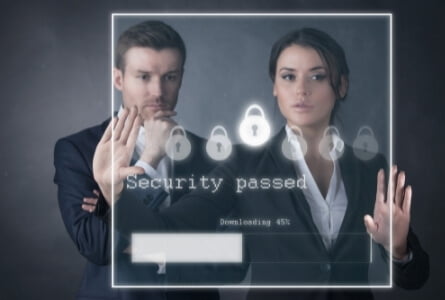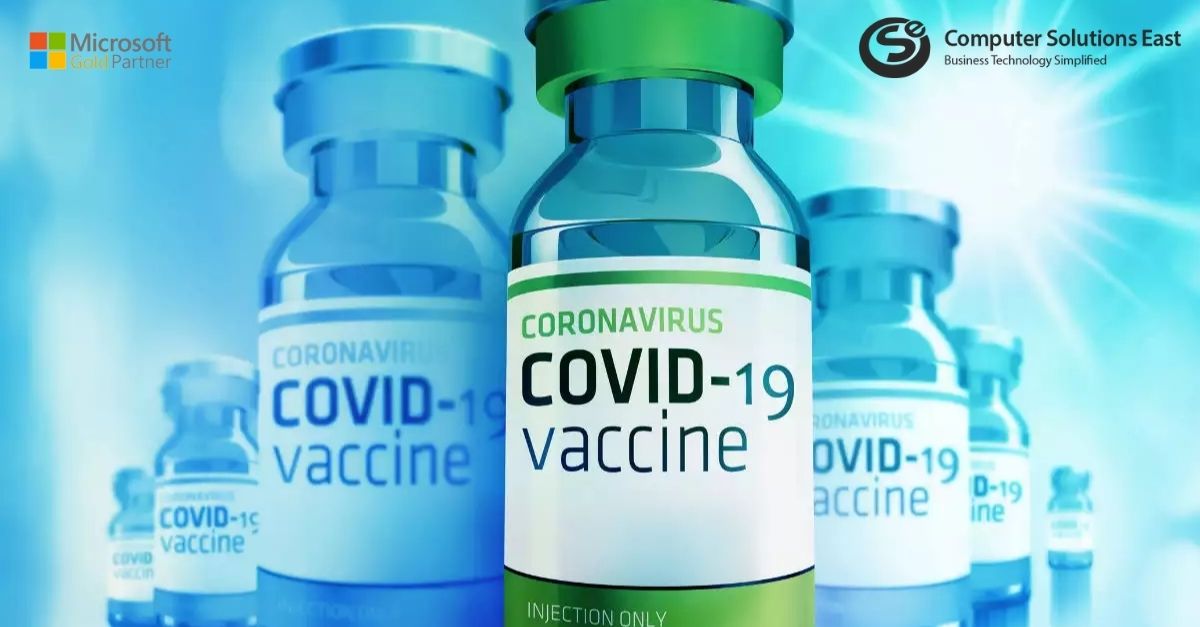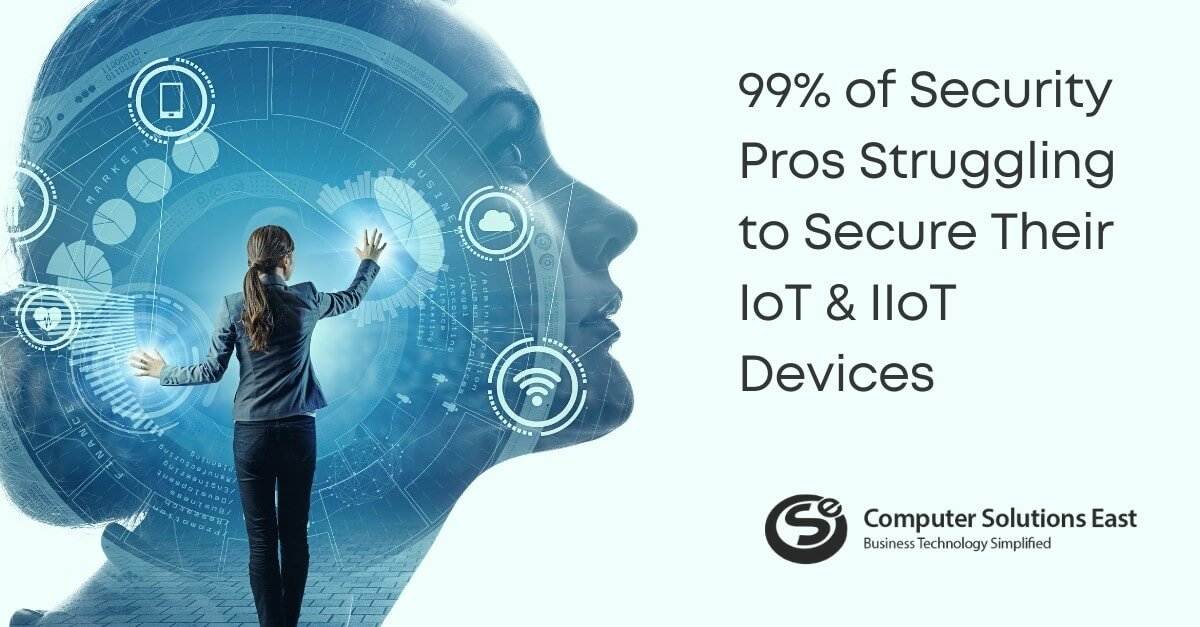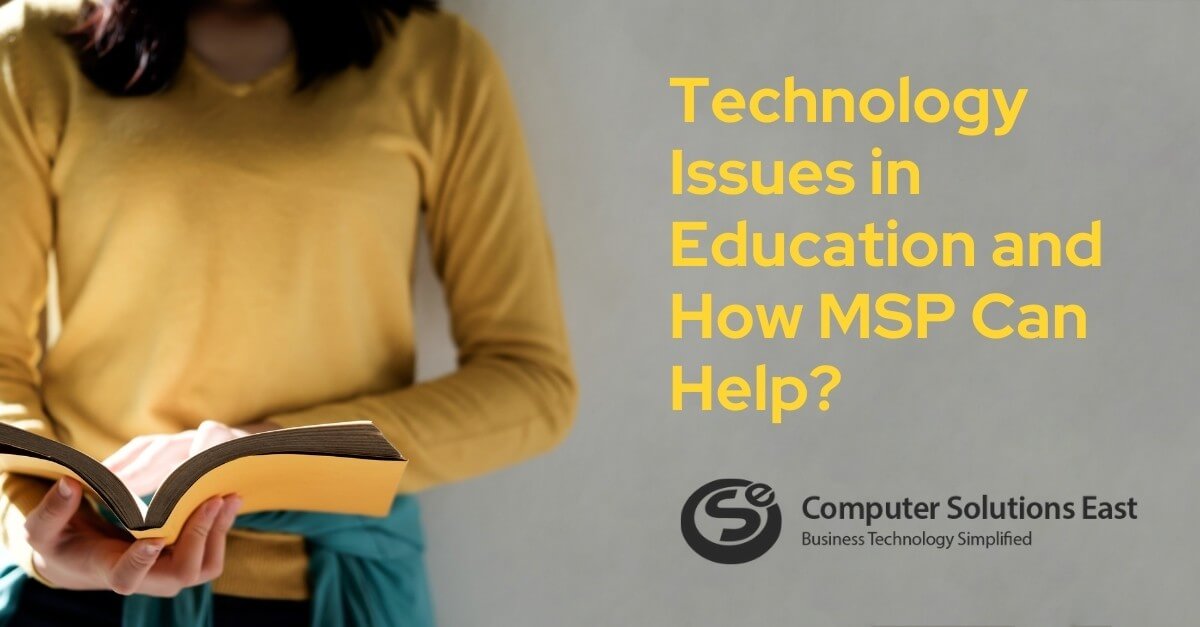How to use Multifactor Authentication to Safeguard Remote Workers?
Your eight-character password can be cracked in around eight hours, employing brute force attacks – even if you add in digits, change up the cases and throw in a unique identifier or three. The odds are strong that the eight-hour window will soon be significantly shorter.
To combat this, several businesses implement multi-factor authentication services (MFA) into their workflow to keep their data, applications, and systems safe. According to a Microsoft survey, MFA was the most deployed security tool since the pandemic. But does this work at a business scale?

MFA Under Attack
Not unexpectedly, threat actors are increasingly concentrating their efforts on such security measures. There is, however, some good news. A recovery phone number, a standard MFA safeguard, successfully thwarted 100% automated bot assaults and 99.9% of bulk phishing attacks. However, multi-factor authentication successfully blocked only 70% of targeted attempts.
Because you cannot prevent issues you are unaware of, you must stay educated on the current methods used by threat actors to launch a multi-factor authentication service. The FBI identified four distinct types of attacks aimed at bypassing Microsoft office multi-factor authentication technology and processes:
- SIM switching — In most circumstances, multi-factor authentication requires threat actors to have physical access to a device. As a result, attackers resorted to SIM switching. They either physically transfer the employee’s SIM card to another phone to have physical access or fabricate a fake SIM card. This enables them to access the employee’s PIN or other personal keys.
- Technical flaws - Other threat actors exploit technical deficiencies in the MFA to accept forged PIN digits. They accomplish this by convincing the multi-factor authentication service system that the attacker entered the correct PIN. While this form of attack may be more challenging to execute, it may be highly effective when done perfectly.
- Social engineering - multi-factor authentication frequently relies on the employee verifying their identity through the input of personal information. As a result, threat actors are now looking for alternative methods of obtaining those. Attackers may contact telecommunications representatives to get the information necessary to conduct MFAs successfully.
- Phishing - Additionally, threat actors utilize phishing methods to induce employees to submit personal information. Threat actors obtain data from individuals by sending links to bogus websites and then use multi-factor authentication services to complete the MFA process. This type of attack frequently refers to current events or trends to raise the chances of becoming a victim.
Cybersecurity Tips for Remote Employees
Several organizations implemented MFA to prevent password breaches with the rise of remote work and the associated increased security risk. However, merely implementing multi-factor authentication — particularly for remote workers — does not significantly reduce or eliminate the danger of password theft. Because remote workers frequently log in using personal devices and insecure networks, the chance of someone bypassing MFA increases.
Does windows server multi-factor authentication protect your staff against password theft? In a nutshell, no. The lengthier version of that answer is that there are numerous actions you can take to increase the effectiveness of a multi-factor authentication service when used in conjunction with remote security.
5 ways to ensure employees data safety during WFH:
#1. Employees should be educated on current attack tactics used to circumvent MFA
Maintain awareness among your staff of contemporary threat actor methods, such as the rapid surge in phishing or using phone calls rather than emails. Due to the increase in remote work, threat actors have begun to utilize Zoom bombing for various goals, including obtaining information to use in other attacks, such as phishing. Ensure that personnel is also educated against social media phishing as a part of a full multi-factor authentication service. Remote work entails that images taken from a home office can be utilized to communicate information used in an attack by the MFA service providers.
#2. Take a zero-trust stance
Multi-factor authentication solutions can be used as part of a broader zero-trust strategy. Numerous organizations rely on MFA as the cornerstone of their digital defensive strategy. With zero trust, organizations, on the other hand, boost their total security by monitoring every device and user accessing data, apps, or the network. Additionally, zero trusts enable businesses to grow users and apps more efficiently without incurring significant administrative overhead.
#3. Consider employing MFA that is biometric or behavior-based
Because it is more difficult to circumvent MFA using them, they are far more secure than verifying ID by SMS or email. While many people immediately think of active biometrics such as fingerprints and facial recognition, passive and behavioral biometrics provide an additional layer of protection. Behavioral biometrics that blend with multi-factor authentication services can quantify a user’s normal tendencies, such as typing pauses, keyboard pressure, and mouse movements. Passive biometrics enabled by multi-factor authentication providers makes use of artificial intelligence to detect whether a human or machine attempts to replicate the user’s habits.
#4. Utilize a VoIP phone for MFA for distant personnel
Rather than requiring workers to generate a virtual machine and SIM card, you may need them to create a phone number associated with an email address for multi-factor authentication. Employees may then secure the VoIP mobile number with a password manager, which adds multi-factor authentication security as an additional layer of defense against a targeted MFA assault. Additionally, this technique decreases the possibility of a social engineering assault.
#5. Integrated authentication using multi-factor authentication
If you have not hired multi-factor authentication service providers, the risk is still considerable. This also must be thought of as an MFA service for cybersecurity. MFA is beneficial for remote work, but the company should use it as part of a larger strategy rather than the foundation for everything. Once flaws in multi-factor authentication have been addressed and employee education efforts implemented, remote employees’ and office workers’ accounts will be less vulnerable to being exploited.


